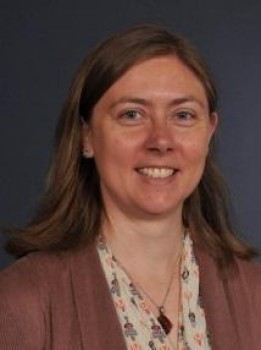Events
Dr. Cristina Lo Celso, In vivo imaging of quiescent and physiologically activated haematopoietic stem cells

Dr. Cristina Lo Celso
| Date: | Wednesday 4 December 2013 15:00 - 16:00 |
| Location: | The People's Palace - PP1 |
Dr. Cristina Lo Celso, Imperial College
SEMS/IoB Seminar Series
Coffee/tea/biscuits provided after the seminar
Abstract:
Understanding the mechanisms linking stem cell-niche interaction and stem cell fate is critical for developing regenerative medicine approaches. The nature of such interactions between hematopoietic stem cells (HSC) and the bone marrow (BM) microenvironment has long been elusive due to the difficulty of penetrating bones for direct observation and the fluid nature of the hematopoietic tissue itself. Several functional studies based on ablating or over-expressing specific genes in the hematopoietic or distinct BM stroma compartments have highlighted the presence of an intricate and dynamic network of regulatory signals responsible for the crosstalk between HSC and the BM microenvironment. The question, however, remains open as to whether multiple, molecularly and functionally distinct HSC niches exist within the bone marrow and whether HSC trafficking between them may be necessary to switch fate between quiescence and proliferation, self-renewal and differentiation.
To address this question, we developed an imaging technique combining two photon and confocal microscopy that allows in-vivo imaging of live transplanted hematopoietic stem and progenitor cells (HSPC) in mouse BM with single cell resolution. Using this technique we showed that engrafting long-term repopulating HSC (LT-HSC) localize near osteoblastic cells, while their progeny are more distal. Our results also highlight that localization of LT-HSC and their progeny near osteoblasts correlates with improved engraftment outcomes. Studies based on single time-point observations demonstrated that asynchronous HSPC proliferation initiates BM reconstitution, however did not provide information about long-term interactions between HSC and their BM niche (or niches), which are responsible for maintenance of balanced haematopoiesis. We therefore developed a new in vivo imaging experimental protocol, allowing time-lapse imaging of HSPC, leading us to uncover their differential abilities to engage with the BM microenvironment over time. Moreover, using a physiological model of HSC activation, we observed that changes in the nature of the interactions between stem cells and the BM microenvironment accompany switches in fate choice.

